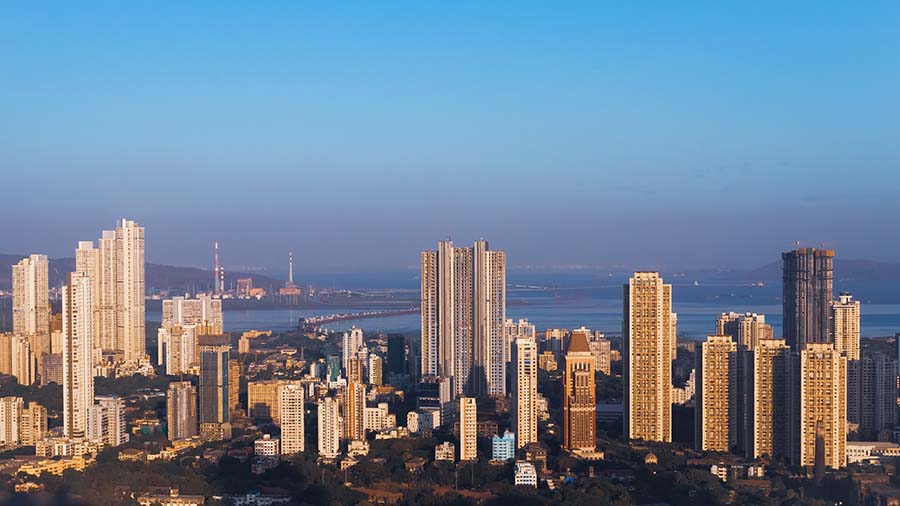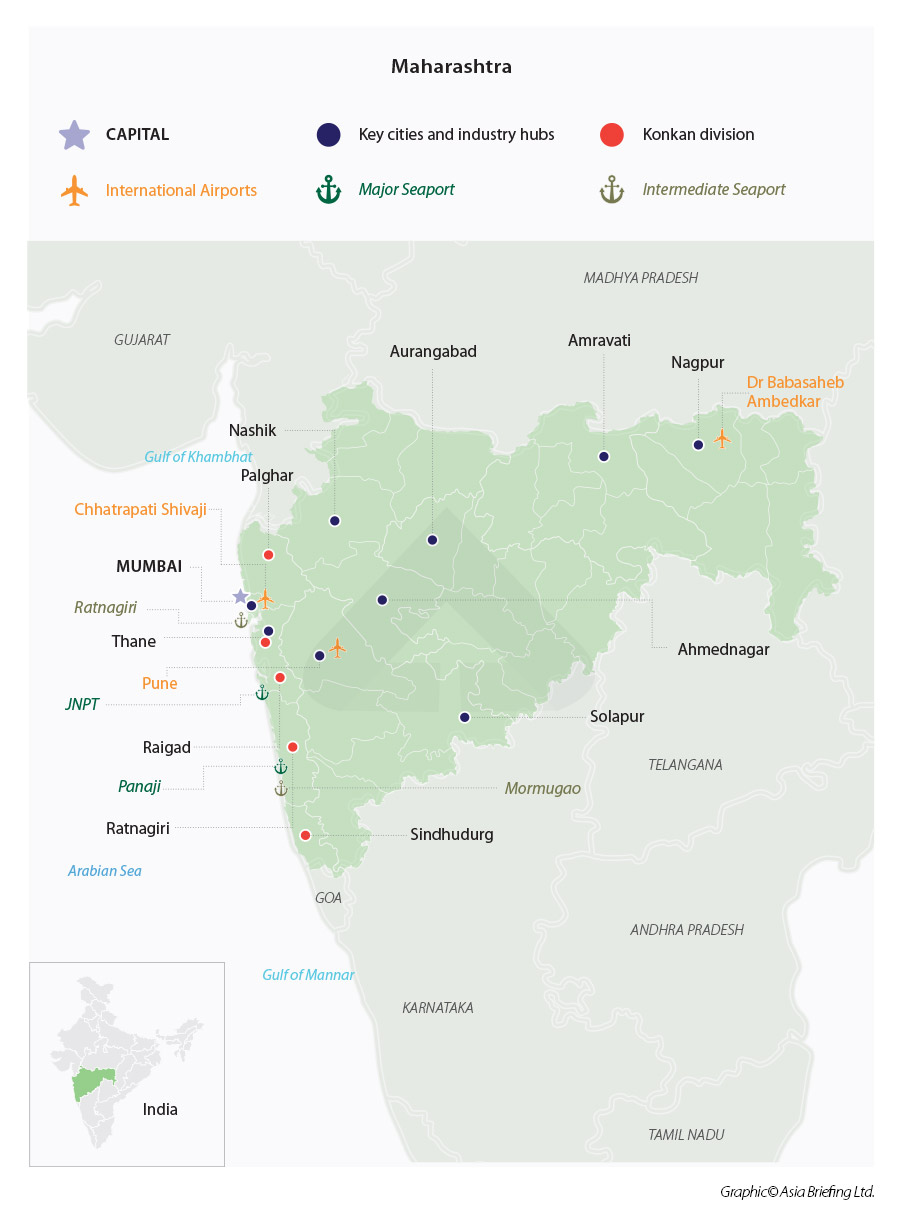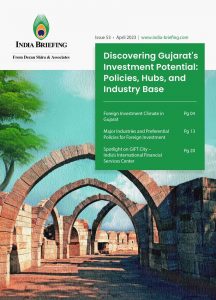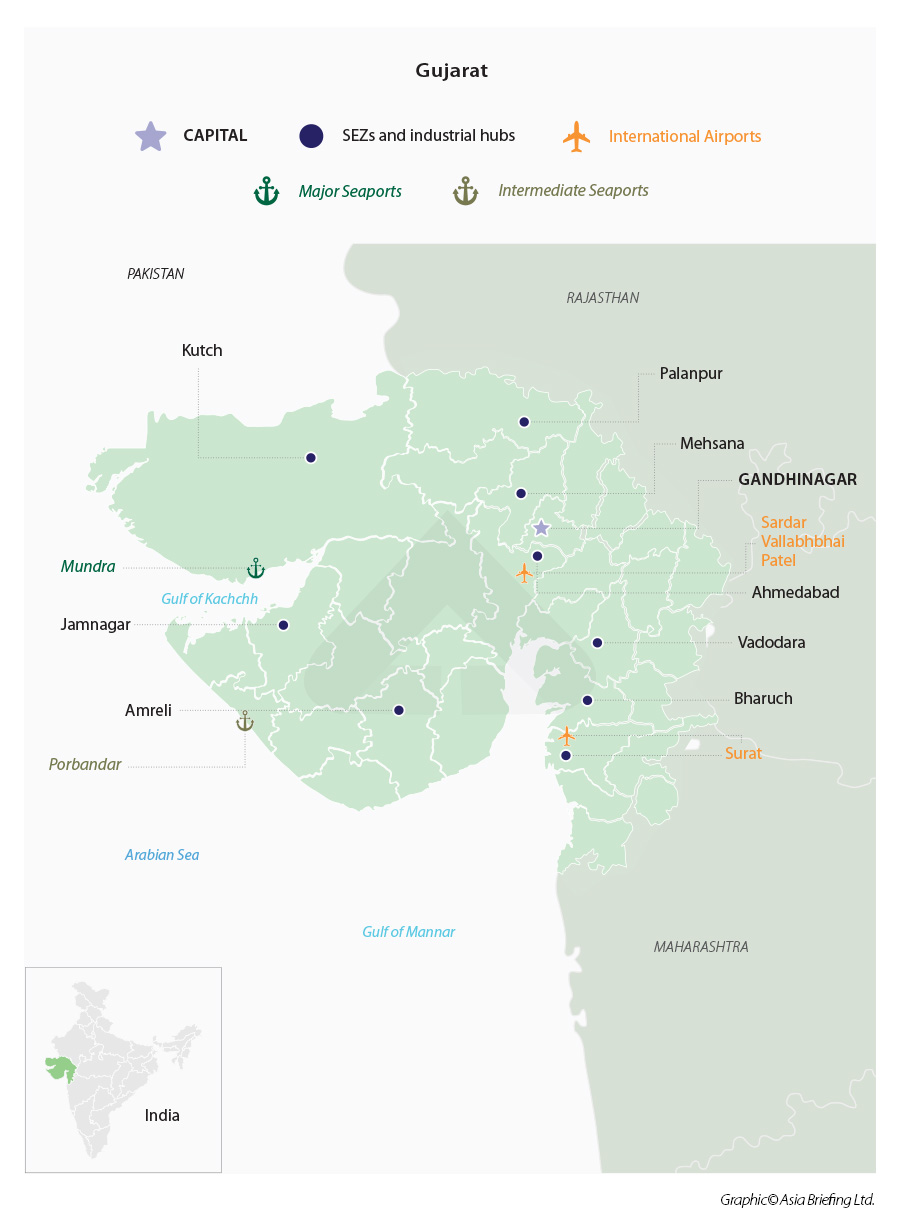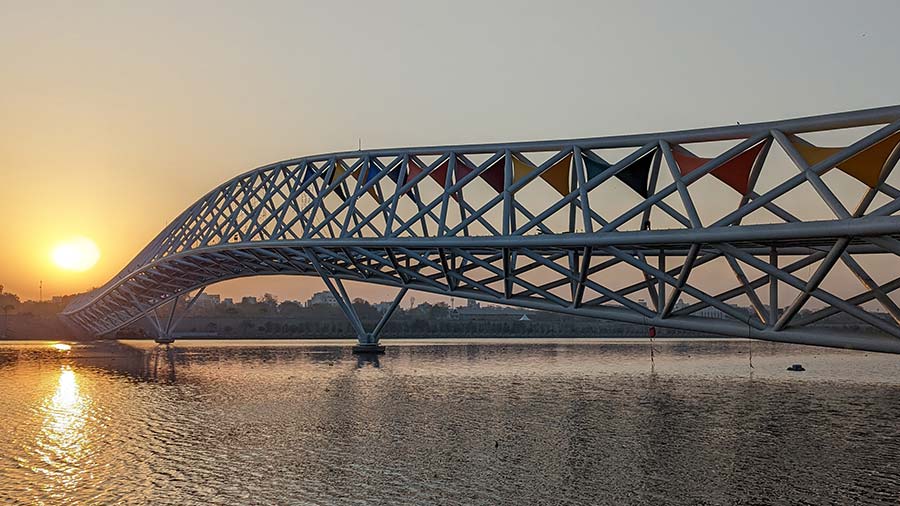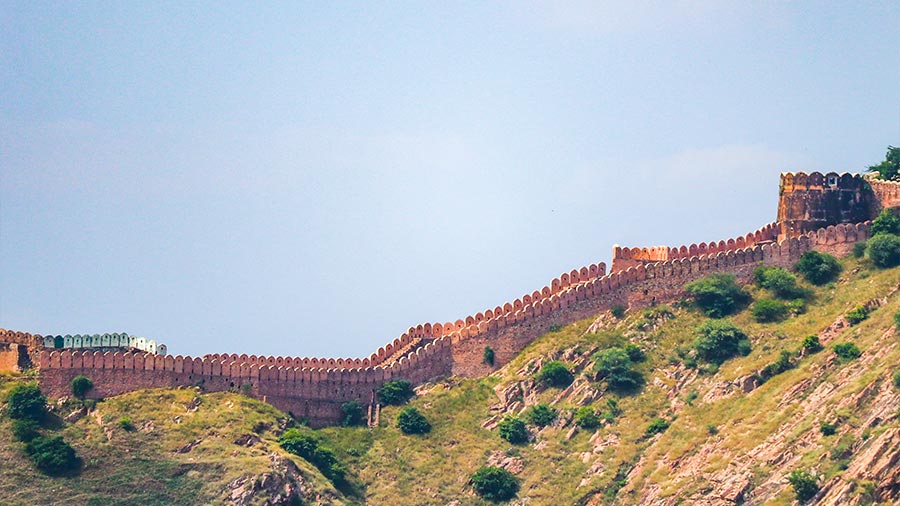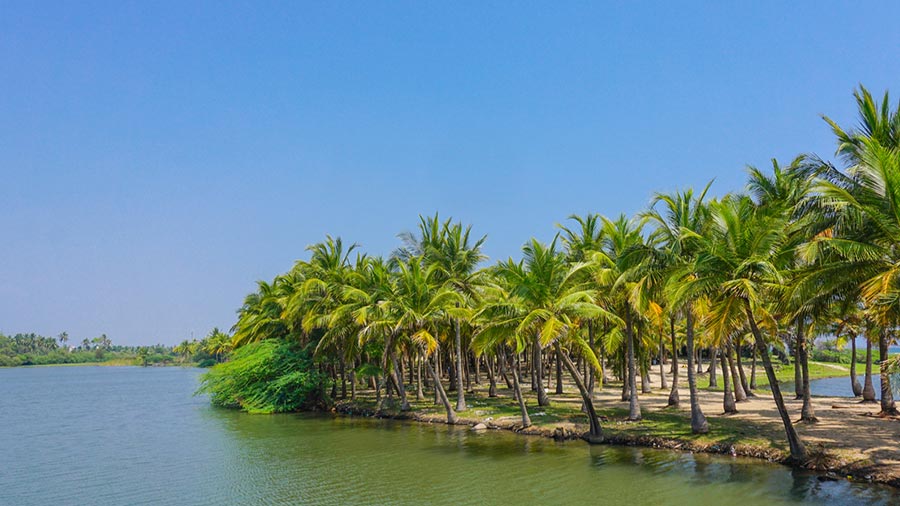Both Gujarat and Maharashtra present investors with advantages and challenges. The decision on the ideal location hinges on a multitude of factors, including business goals, sector-specific interests, market prospects, supplier connections, local partnerships, regulatory and financial considerations, and risk tolerance.
Western India presents an attractive option for businesses considering expansion or setup, owing to its strategic location, well-established industrial hubs, natural resources, and business-friendly environments. The region's key states—Maharashtra and Gujarat—boast of mature industrial centers and strong infrastructural foundations.
Maharashtra's capital, Mumbai, is India's financial and commercial nucleus and a major cosmopolitan metro hub, while Gujarat has earned a reputation for its diamond, petrochemical, and chemical industries as well as emerging sectors like semiconductors and GIFT City IFSC. Both states offer access to a skilled workforce and have implemented initiatives like "Make in Maharashtra" and the "Vibrant Gujarat Summit" to encourage investment.
Additionally, tier-2 and tier-3 cities in India’s western states have a cost of living that can be more affordable when compared to many metropolitan areas. However, businesses must conduct comprehensive research to align their specific needs with the advantages and challenges of the region, as conditions may vary across states and industries.
In this chapter, we focus on the investment allure of Maharashtra and Gujarat, listing critical factors that foster robust manufacturing and business operations, facilitate export growth, and draw increased levels of foreign investment in these states.
State profile: Maharashtra
Maharashtra, situated in the vibrant western region of India, is a longstanding economic powerhouse and a familiar base for discerning investors. The state has well-crafted policies and incentives tailored to designated 'thrust sectors.' Furthermore, its district- specific and sector-specific export promotion policies enable responsible resource management and equitable distribution.
The state's exceptional infrastructure network, covering air travel, railways, roadways, and ports, plays a pivotal role in optimizing logistics costs, making Maharashtra a preferred destination for industrial investors. In fact, Maharashtra consistently ranks as the top choice for both domestic and international investors, earning the distinction of leading a recent 2022 survey by the UK-India Business Council.
As the largest contributor to India's GDP, Maharashtra maintains a pivotal role in the nation's economic progress. The state is home to Asia's oldest stock exchange, the Bombay Stock Exchange, which further solidifies its position as a financial hub.
Maharashtra's robust industrial ecosystem is renowned, with a mature automobile manufacturing sector and leadership in agricultural, textile, and food processing industries. The state is also a key hub for captive business outsourcing industries. The majority of investments pouring into Maharashtra are channeled into renewables, information technology, and steel manufacturing, reflecting the state's diversification. The state’s JNPT Port, a key gateway for trade, connects to 33 container freight stations and 47 inland container depots, enabling logistical efficiency.
Overall, Maharashtra presents a compelling proposition for businesses looking to thrive and expand in India’s dynamic economic landscape, benefiting from a legacy of manufacturing and financial enterprise.
Factsheet
|
Category |
Maharashtra State Fact Sheet |
|
GSDP |
INR 38.797 trillion (US$466.60 billion) – 2023-24 projection, at current prices (US$1=INR 83.15) |
|
Per capita |
INR 242,247 (US$2,911.60) in 2022-23, at current prices |
|
Minimum wage |
Zone 1: INR 12,699 (unskilled) to INR 14,310 (skilled); Zone 2: INR 12,103 (unskilled) to INR 13,714 (skilled); Zone 3: INR 11,506 (unskilled) to INR 13,118 (skilled) (As of October 1, 2023) |
|
Population |
112.37 million (2011 Census) |
|
Internet subscribers |
97 million |
|
Area |
308,000 sq km |
|
State language |
Marathi, Konkani, Hindi, and English |
|
Literacy rate |
82.3 percent |
|
Focus sectors |
Auto and auto component ecosystem, chemical sector, defense sector, electronic system design and manufacturing (ESDM), food processing sector, gems and jewelry sector, IT, pharmaceutical sector, and textile sector |
|
Enabling policies |
Aerospace & Defence Manufacturing Policy – 2018; Cloud Computing Policy – 2018; Extension of Industrial Policy – 2018; FinTech Policy – 2018; Incentive for Development of Integrated Industrial Area – 2018; Industrial Policy – 2019; Industrial Promotion Subsidy (IPS) under Industrial Policy - modification under Goods and Services Tax (GST) regime; Policy of Industrial Parks comprising of flatted galas of Readymade Garment manufacturing, Gems & Jewellery, Micro-Electronics and Engineering Units – 2018; Maharashtra Coir Policy – 2018; Maharashtra Industrial Policy – 2013 Schedule-A Modifications for development of Integrated Industrial Area; Maharashtra's Electric Vehicle and related Infrastructure Policy – 2018; Maharashtra's Logistics Parks Policy – 2018; Textile Policy – 2018; and Maharashtra IT-ITES Policy of 2023 |
|
Exports |
Merchandise exports in FY23 = US$73 billion. Top export products are pearls, precious, semi-precious stones; drug formulations/ biologicals; gold & other precious metals, jewelry; motor vehicles & cars and iron & steel. Top export destinations are USA, Hong Kong, UAE, Belgium, UK, China, Singapore, Mexico, and Germany |
|
Market access |
5 international and 13 domestic airports; 720 km coastline with 2 major ports and 48 minor ports; over 324,000 km of road network; about 5,987 km of rail route length; 18 inland container depots, 45 container freight stations, 8 private freight terminals, 11 air cargo terminals, 548 railway goods sheds, 2,233,000 warehouses, 1,009,693 MT cold storage capacity |
|
Cost of living |
US$527 (single person) to US$1,308 (family of four) |
|
Talent sourcing |
1,112 engineering and management colleges, 732 polytechnic institutes, 438 pharmacy colleges, and 1,029 industrial training institutes, 1 central university, 23 state universities, 14 private universities, 21 deemed universities; 68% employable talent—highest in India |
|
FDI |
INR 1.18 trillion (US$14.806 billion) in FY 2022-23; INR 366.34 billion (US$4.46 billion) in Q1FY24 |
|
Key foreign companies |
GlaxoSmithKline, Fiat, McCain, Coca Cola, HP, Bayer, Haffkine, Pfizer, Cisco, Wockhardt, Barry Callebaut, Daimler, Schindler, L&T Infotech, Mercedes-Benz, Volkswagen |
|
Investment facilitation |
Maitri single window system, Maharashtra Industrial Development Corporation (MIDC), CIDCO, and Software Technology Park of India |
|
Industry hubs |
Aurangabad – auto and auto component, IT/ITeS, food processing, electronics, tourism; Nashik – auto and auto component, food processing, defense, textile, pharmaceutical, and tourism; Mumbai – auto and auto component, banking and financial services, media, IT/ITeS, pharmaceutical, electronics, and tourism; Pune – education, auto and auto component, IT/ITeS, electronics, food processing, defense, textile, pharmaceutical, and tourism; Ahmednagar – food processing, defense, electronics, and tourism; Kolhapur – food processing, engineering, IT/ITeS; Sangli – engineering, IT/ITeS; Solapur – textile, engineering, IT/ITeS; Latur – food processing, engineering, IT/ITeS; Amravati – textile and IT/ITeS; and Nagpur – auto and auto component, food processing, defense, electronics, and tourism |
|
Industrial infrastructure |
289 industrial areas; Wine Parks; Silver Parks; Floriculture Park; Food Parks; 12 Textile Parks and 1 PM Mitra Park; 27 IT Parks; 9 Special Economic Zones; 38 CFCs; Delhi-Mumbai Industrial Corridor; SUPA – Japanese Investment Zone; and largest water supply network in Asia |
|
Resource availability |
Mineral deposits of bauxite, limestone, iron, copper, manganese, dolomite, silica sand, coal, mica, and others. Agricultural resources include rice, sugarcane, millets, coconut, mango, grapes, cashew, ragi, wheat, cotton, bajra, barley, and jowar. |
|
Climate |
Maharashtra has a tropical wet and dry climate with hot, rainy, and cold seasons. Summers start in March with temperatures rising to 40-45°C, while winters extend until February, with December and January being the coldest months. Rainfall patterns vary across four meteorological regions in the state: coastal Konkan, Western Maharashtra, Marathwada, and Vidarbha. |
State profile: Gujarat
Gujarat is one of India's prominent manufacturing hubs and presents a compelling investment opportunity. The state's appeal is underscored by frequent updates in industrial policies, export promotion schemes, and incentives for foreign investors in niche sectors. Leveraging an already well-established ecosystem of OEM firms and MSME clusters, multinational companies looking to expand their supply chains in India can find Gujarat to be an ideal destination.
Gujarat plays a pivotal role in India's economic landscape, contributing nearly 8 percent to the national GDP, despite occupying only 6 percent of the country's land area and housing 5 percent of its population. This economic performance is bolstered by Gujarat's position as a key player in cargo handling, managing 40 percent of India's cargo. Furthermore, the state offers a streamlined investment process through district-level single window facilities and the option to convert Industrial Parks into Special Economic Zones, offering the coveted status of deemed foreign territory with tax benefits.
Gujarat's economic diversity is underscored by the commodities that form the backbone of its exports, including petroleum, diamonds, ceramics, textiles, machinery, and more. In fact, the state's gems and jewelry industry accounts for over 80 percent of India's diamond exports. The chemical industry is a significant driver of investment, attracting half of the state's annual investments, while Gujarat also plays a pivotal role in the pharmaceutical sector, contributing 40 percent of India's pharmaceutical production. Additionally, the state's rich bio- resources and substantial forest cover, coupled with extensive horticultural cultivation, offer opportunities in sectors beyond heavy industry.
The dynamic workforce in Gujarat exhibits a shifting employment landscape, marked by the entry of half a million new entrepreneurs between September to December 2022, reaching a total of 3.7 million—an unprecedented figure since 2019.
Employment in Gujarat reached its zenith at 26.7 million during the period between September and December 2022, reflecting a transition away from agriculture to various other occupations. The distribution of employment during this period saw small traders and wage laborers make up approximately 31 percent of the workforce in Gujarat, closely followed by salaried employees at nearly 30 percent. Farmers accounted for 25.5 percent of employment, with businesspersons comprising a smaller share at 13.8 percent.
In summary, Gujarat offers a dynamic investment environment with a diversified industrial ecosystem, robust export potential, and an evolving workforce landscape. With forward-looking policies and strategic advantages, Gujarat is an attractive destination for both domestic and foreign investors seeking to tap into its well-established industrial infrastructure and emerging opportunities.
Factsheet
|
Category |
Gujarat State Fact Sheet |
|
GSDP |
INR 22.61 trillion (US$271.95 billion) (US$1=INR 83.14) |
|
Sector-wise Contribution |
Secondary sector: 42.9%, Tertiary sector: 37.3%, Primary sector: 19.8% (FY21) |
|
Per capita |
INR 250,100 (US$3005.98) in 2021-22, at current prices |
|
Minimum wage |
Zone 1: INR 12,298 (unskilled) to INR 12,870 (skilled); Zone 2: INR 12,012 (unskilled) to INR 12,558 (skilled) (As of October 1, 2023) |
|
Population |
60.4 million (2011 Census) |
|
Internet subscribers |
52.5 million |
|
Area |
196,024 sq km |
|
State language |
Gujarati, Hindi, English |
|
Literacy rate |
78.03% |
|
Focus sectors |
Aerospace & defense, agro and food processing, auto and auto components, chemicals and petrochemicals, electronics system, EDSM, engineering, IT/ITeS, healthcare, pharmaceuticals, renewable energy, and textiles |
|
Enabling policies |
Gujarat Electronics Policy, 2022-28; Gujarat Sports Policy, 2022-27; Gujarat Integrated Logistics & Logistics Parks Policy, 2021; Atmanirbhar Gujarat schemes for assistance to mega and large industries and MSMEs; Gujarat Industrial Policy, 2020; Gujarat Semiconductor Policy, 2022-27; Gujarat IT/ITeS Policy 2022-27; Gujarat Biotech Policy, 2022-27; Gujarat Solar Power Policy, 2021; and Gujarat State Electric Vehicle Policy, 2021 |
|
Exports |
US$126.8 billion (2021-22) |
|
Market access |
17 operational airports and airstrips, including 2 international airports; 157,470 km of road network; 1 major port and 48 minor ports; 1,600 km coastline; about 4,960 km of rail route length; 9 inland container depots, 19 container freight stations, 8 private freight terminals, 10 air cargo terminals, 119 railway goods sheds, 797,254 warehouses, 3,822,112 MT cold storage capacity |
|
Cost of living |
US$588 (single person) to US$1,181 (family of four) |
|
Talent sourcing |
238 engineering colleges, 442 industrial training institutes, 3 central universities, 22 state universities, 32 private universities, 74 pharmacy colleges, 4 agricultural universities |
|
FDI |
INR 370.59 billion (US$4.71 billion) in 2022-23; INR 5.99 billion (US$729 million) in Q1FY24 |
|
Key foreign companies |
Clarins Paris, Honda, IBM, Kellog’s, McCain, Oracle, Pepsi, Siemens, Suzuki, ArcelorMittal, Abbott, MG |
|
Investment facilitation |
Industrial Extension Bureau (iNDEXTb), Investment Facilitation Agency (IFA), Gujarat Industrial Development Corporation |
|
Industry hubs |
Ahmedabad-Dholera Investment Region, Vadodara-Ankleshwar Industrial Area, Palanpur-Mehsana Industrial Area, Bharuch-Dahej PCPIR and Investment Region, Surat-Hazira Industrial Area, Valsad-Umbergaon Industrial Area, Mandal Becharaji Special Investment Region (MBSIR), Gujarat International Financial Tech (GIFT) City, and Diamond Research and Mercantile (DREAM) City |
|
Industrial infrastructure |
202 industrial estates and 20 special economic zones. Major industrial estates in Gujarat are in Vapi, Panoli, Ankleshwar, Dahej, Jhagadia, Vilayat, Sachin, Pandesara, Naroda, Vatwa, PCC, Halol, Makarpura, Savli, Gandhinagar, Vaghodia, Porbandar, V.U. Nagar, Umbergaon, Lodhika, and Jamnagar-II |
|
Resource availability |
Minerals – gate, asbestos, cement mortar, crude oil, dolomite, fire clay, graphite, gypsum, kaolin, lignite, limestone, manganese, mica, quartz, vermiculate, salt, silica sand, and ochre. Agricultural – oil seeds, rice, cotton, wheat, millets, mango, other fruits, chilli, maize, bajra, jowar, groundnut, potato, pulses |
|
Climate |
Gujarat experiences extreme weather conditions. Summers are hot and dry in the plains but milder in hilly areas and along the coast. Winters are cold and dry. Monsoons vary across the region, with most of Gujarat receiving little rainfall, while southern Gujarat and the hilly regions experience heavy rainfall. |
State comparison – choosing the right investment location
The choice between Maharashtra and Gujarat as a better place to do business depends on various factors and the specific requirements of your business. Both states offer distinct advantages and disadvantages, and the choice should be guided by factors such as your industry, business objectives, and other relevant considerations. Maharashtra showcases a mature industrial landscape in certain sectors, such as the financial services industry, while Gujarat stands out in areas like petrochemicals, exemplifying the diverse strengths of each state.
Both states are seeking to expand development beyond their urban and industrial hubs, creating multiple greenfield investment opportunities. In particular, Gujarat is seeking to build its reputation in frontier industries like semiconductor manufacturing and assembly in the Ahmedabad- Dholera region as well as international financial services at GIFT City, while Maharashtra aims to boost its IT sector profile, playing catch up with Karnataka and Telangana to the south and the Delhi NCR region to the north.
MNCs and global captive centers can choose their destination based on the availability of talent and presence of high-ranking educational institutions. Each state also has legacy sectors that feed into the human capital development. Overall, Maharashtra benefits from its capital Mumbai being more cosmopolitan, and hosting a large population of migrant workers, students, and professionals from across the country.


